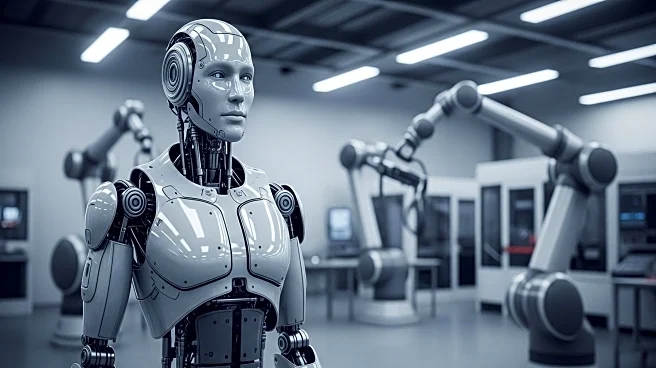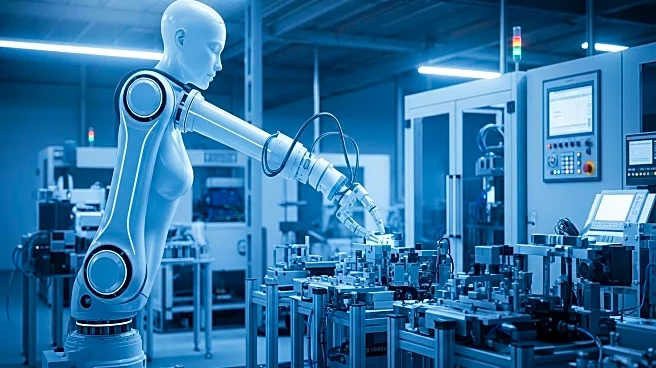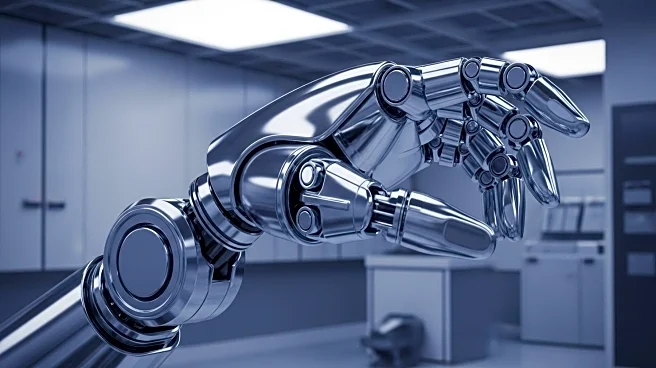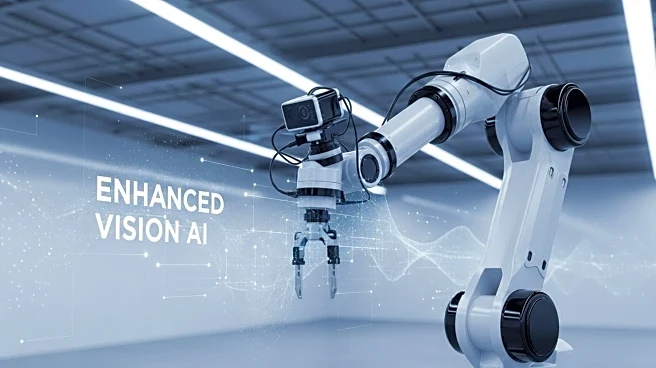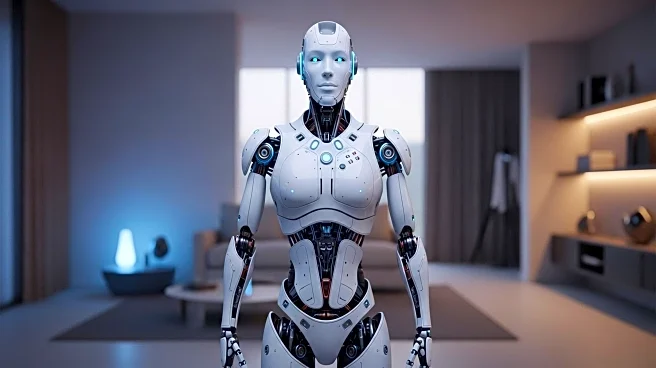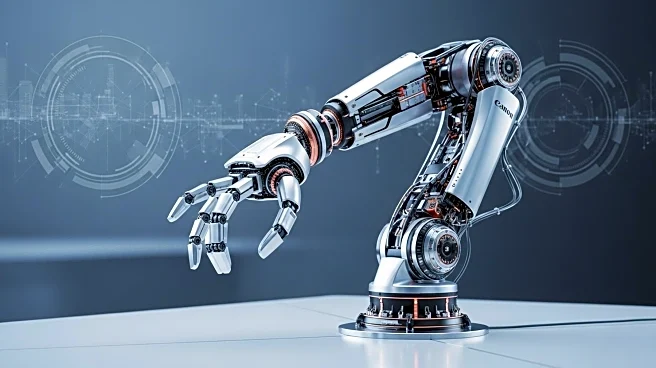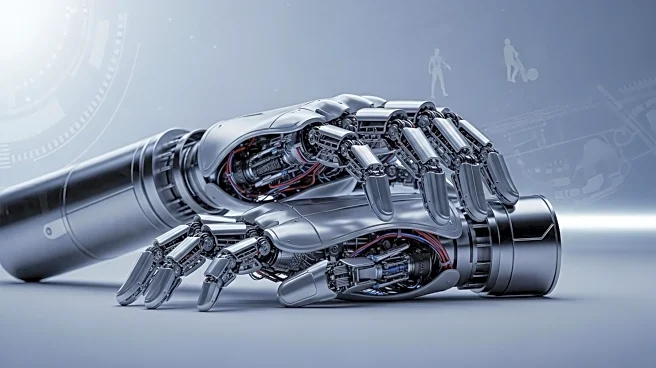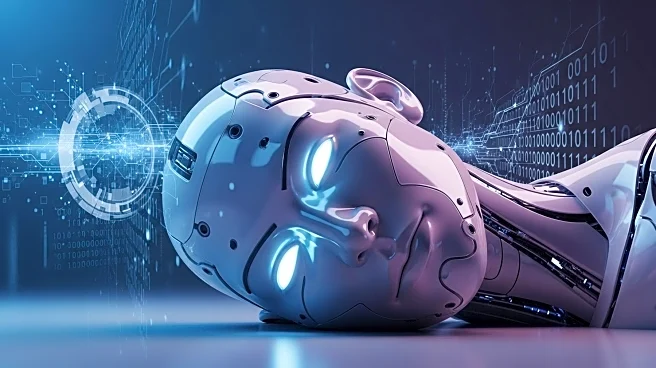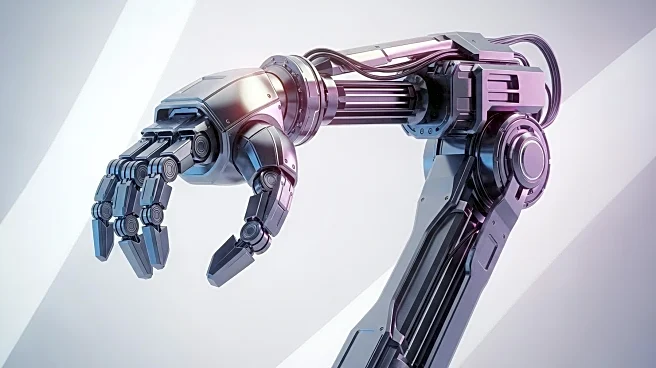What's Happening?
The rapid advancement of humanoid robots is raising questions about their role in manufacturing environments. Tyler Bouchard, CEO of Flexxbotics, emphasizes the need for orchestration and coordination of humanoids within smart factories. He argues that humanoids should not merely automate single tasks but perform multiple operations autonomously alongside other robots and plant assets. For humanoids to achieve true autonomy, they must operate with context, requiring communication with other robots, machines, and IT business systems. This involves receiving instructions on product building, process running, and work execution, as well as sending updates to keep systems of record current. Bouchard highlights the importance of bi-directional communication, allowing humanoids to adjust based on operational feedback and modify processing instructions in real-time.
Why It's Important?
The integration of humanoid robots in manufacturing could revolutionize production processes, offering increased efficiency and reduced human intervention. By enabling humanoids to operate autonomously with contextual decision-making, factories can achieve lights-out production, potentially lowering costs and increasing output. This development is significant for industries such as semiconductor manufacturing and pharmaceuticals, where precision and adaptability are crucial. Companies investing in robotic production software and interoperable communication systems stand to benefit from enhanced productivity and competitive advantage. However, achieving connected autonomy is essential to realize the full potential of robot-driven manufacturing.
What's Next?
The future of humanoid integration in manufacturing will likely focus on developing secure communication systems that allow real-time interaction between robots and factory equipment. As industries explore these technologies, stakeholders may invest in research and development to enhance robotic capabilities and interoperability. Upcoming events like RoboBusiness 2025 will provide platforms for discussing enabling technologies and design strategies, potentially influencing industry standards and practices. Companies may also seek partnerships to accelerate the adoption of humanoid robots, aiming to achieve measurable results in production efficiency.
Beyond the Headlines
The orchestration of humanoid robots in manufacturing raises ethical and legal considerations, particularly regarding job displacement and workforce adaptation. As robots take on more complex tasks, there may be a need for policies that address the impact on employment and ensure fair labor practices. Additionally, the long-term shift towards autonomous production could influence cultural perceptions of technology and its role in society, prompting discussions on the balance between human and machine collaboration.
